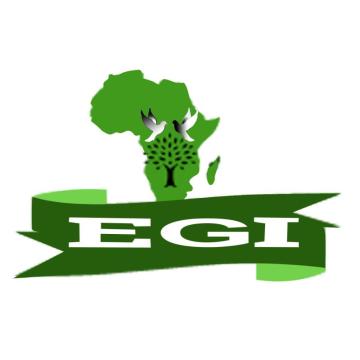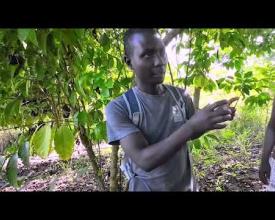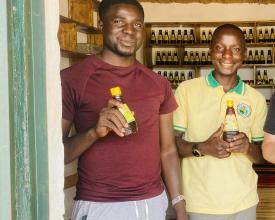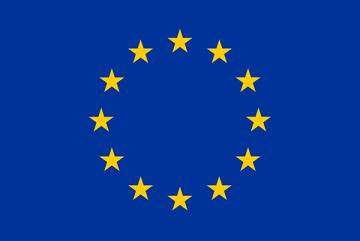
Diversifying Community Livelihoods through Beekeeping for Ecosystem Conservation in Murchison Falls National Park
The COVID-19 pandemic affected conservation and the livelihoods of communities around Murchison Falls National Park, which drove them to poaching and habitat destruction. To address these challenges, EGI trained communities in Pakanyi Sub-County to embrace beekeeping as an alternative livelihood, through a project supported by IUCN Save Our Species co funded by European Union. The project established 106 traditional hives
Through community based trainings, the communities who included poachers, youth, were trained on key skills, including colony management, hive maintenance, product diversification, and proper packaging techniques. These efforts led to an increase in honey production, from 190 litres to 340 litres per harvesting session. The communities also produced value-added products such as bee venom, medicines, and honey wine, With improved packaging, income from honey sales rose from 1.8 million UGX to 3.35 million ( further diversifying their income and this reduced the poaching in the area by 60 percent.
Context
Challenges addressed
Location
Impacts
Through this project, over 366 households were organized into groups and introduced to beekeeping.
A total of 220 beehives with a combination of traditional and modern hives were established.
This initiative has significantly improved household incomes through the sale of honey, medicinal honey products, bee venom, propolis, and other bee-related products. On average, each household earns 1.8 to 3.4 M UGX (428-809 USD) per harvest, with a harvest cycle occurring every four months.
This sustainable income generation addresses key drivers of poaching, leading to a remarkable 81% reduction in poaching, as noted by the UWA Conservation Warden: "EGI's approach to addressing the income and food security needs of communities has greatly contributed to reducing poaching."
By diversifying their sources of income, these communities are now also better equipped to cope with the impacts of climate change, such as prolonged droughts and floods, which negatively affect agriculture.
The reduction in poaching activities was also achieved through Community Sensitisation where the benefits of wildlife conservation and the market potential of honey products were highlighted among others.
Further, the project has minimised human-wildlife conflicts and prevented retaliatory actions against wildlife. This success stems from effective community sensitization efforts and the availability of a trusted toll-free reporting l






